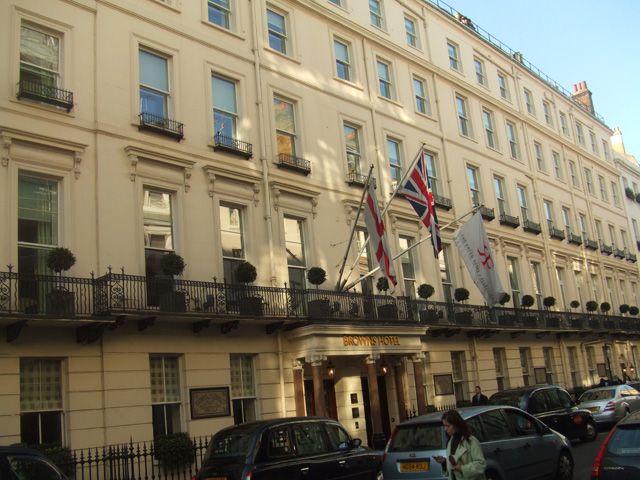
London's hospitality sector is showing signs of recovery and stability after enduring significant closures during the upheaval of the Covid-19 pandemic. According to the Hospitality Market
Monitor by CGA and AlixPartners, central London witnessed a net decline of 540 licensed premises between March 2020 and March 2023, accounting for 15.6% of the city's pre-pandemic total. This equates to an average closure of one establishment every two days.
The closures highlighted the sector's reliance on commuters and domestic and international tourists, all of whom were significantly affected by remote working arrangements and travel restrictions. Many pubs, bars, and restaurants, particularly those in the independent sector, became unsustainable.
However, the return of office workers and visitors since 2022 has allowed some London venues to regain their footing. The research indicates that in the first quarter of 2023, the net decline in licensed premises was only 1.0%, following a slight dip of 0.2% in the fourth quarter of 2022.
These positive trends are reinforced by data from the Coffer CGA Business Tracker, which reveals that managed operators within the M25 experienced year-on-year sales growth approximately twice as high as the rest of Britain in the early months of 2023.
London's city center boasts the most concentrated and significant hospitality market in the UK, with nearly 3,000 licensed premises—more than the combined total of the six next largest city centers in Britain.
Karl Chessell, CGA's director for hospitality operators and food, EMEA, expressed optimism about the slowdown in closures, stating that it is an encouraging sign for London's hospitality scene, which was disproportionately affected by Covid-19 restrictions and remote working. He acknowledged that challenges such as high inflation and labor shortages remain, and further closures are expected. However, it is evident that the sector is gradually recovering.
Graeme Smith, MD at AlixPartners, shared similar sentiments, highlighting the stabilization of this crucial hospitality market as an encouraging development driven by the return of significant footfall to central London. While some vulnerable businesses may still face closure due to the demanding trading environment, London remains an attractive market for strong operators with well-defined and differentiated propositions. As inflationary cost pressures ease, it is anticipated that the capital will resume site growth, possibly as early as the third or fourth quarter of this year.
Furthermore, the latest Hospitality at Home Tracker by CGA reveals that demand for takeaway and delivery sales, which experienced a decline for 18 months, is starting to stabilize. In May, sales were just 1% behind the same month in 2022, accounting for approximately 15% of total sales.
However, when adjusted for inflation, the value of sales in May was significantly lower than that of the previous year.
During May, drinks constituted 9.4% of the monthly delivery and takeaway sales. Photo by Londonmatt, Wikimedia commons.




































